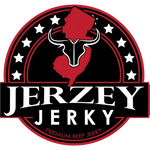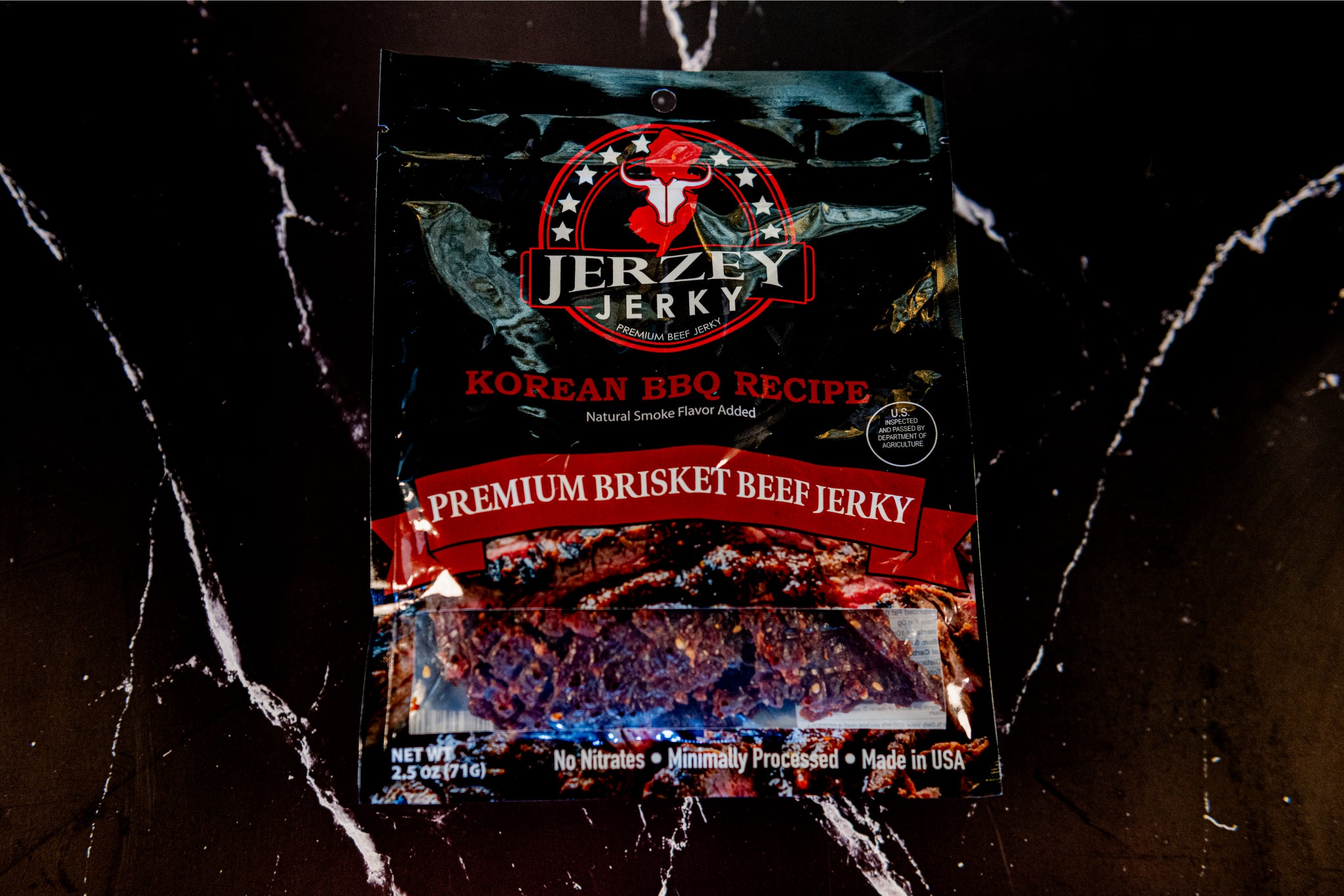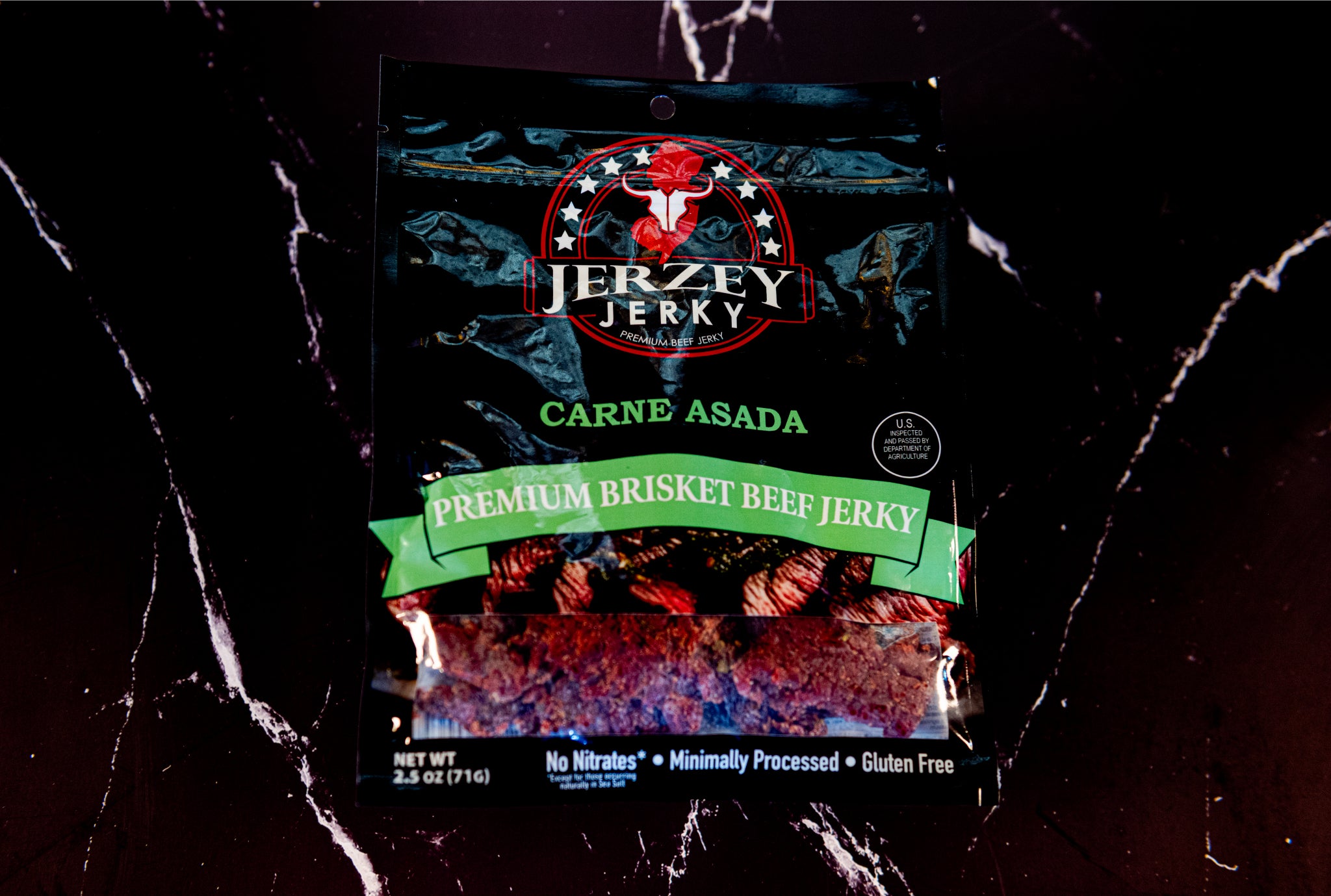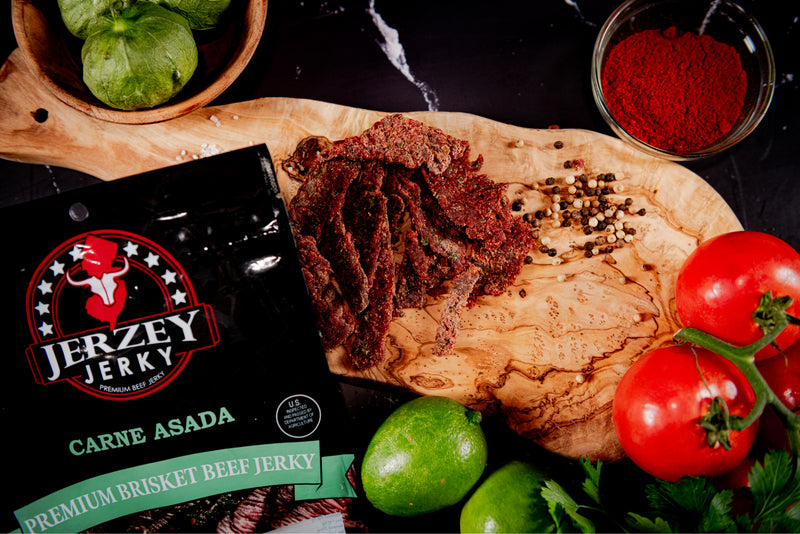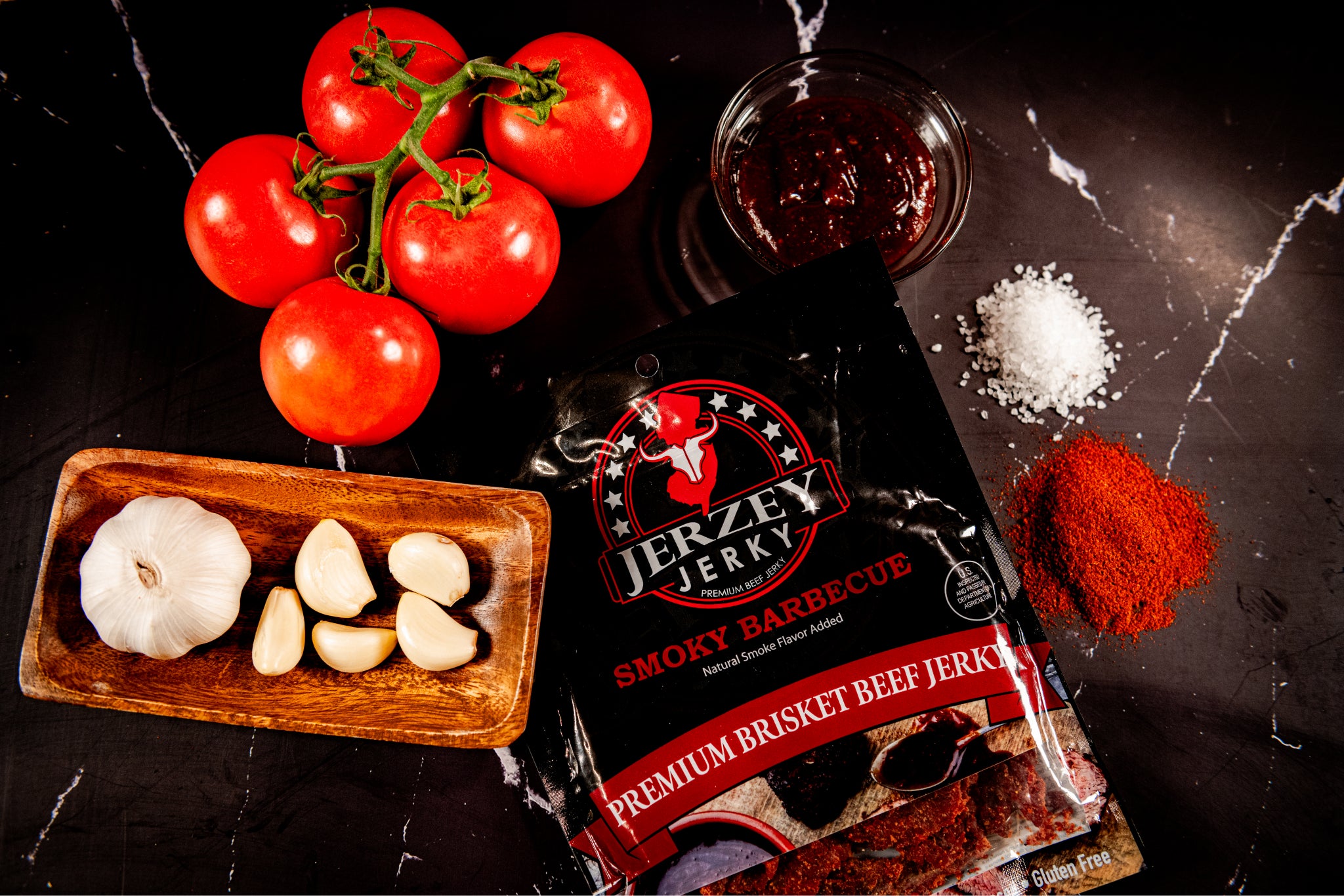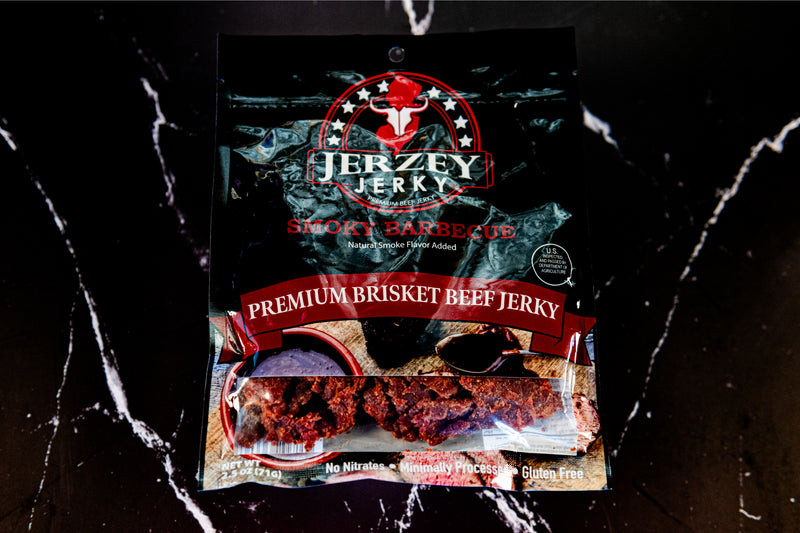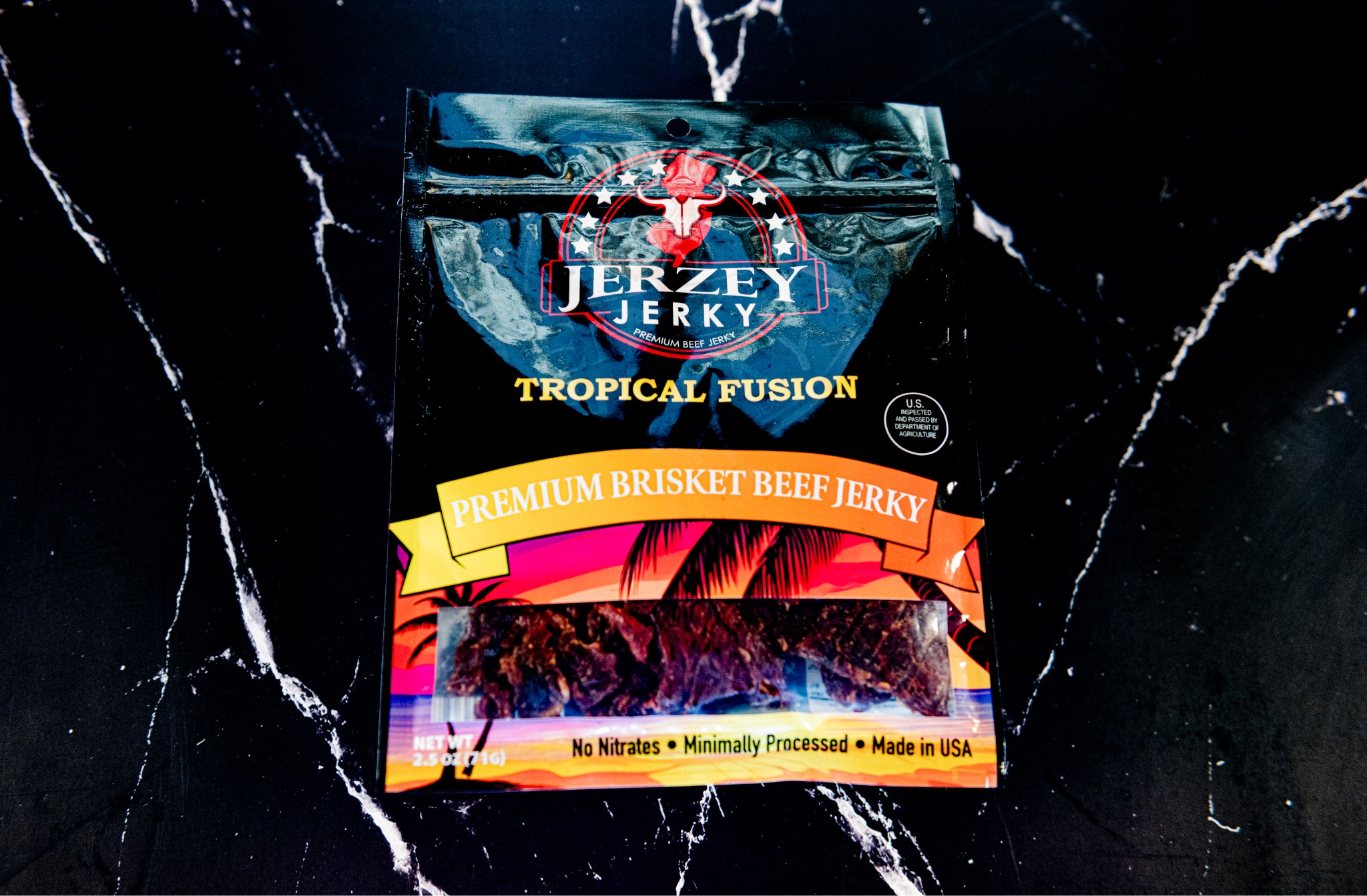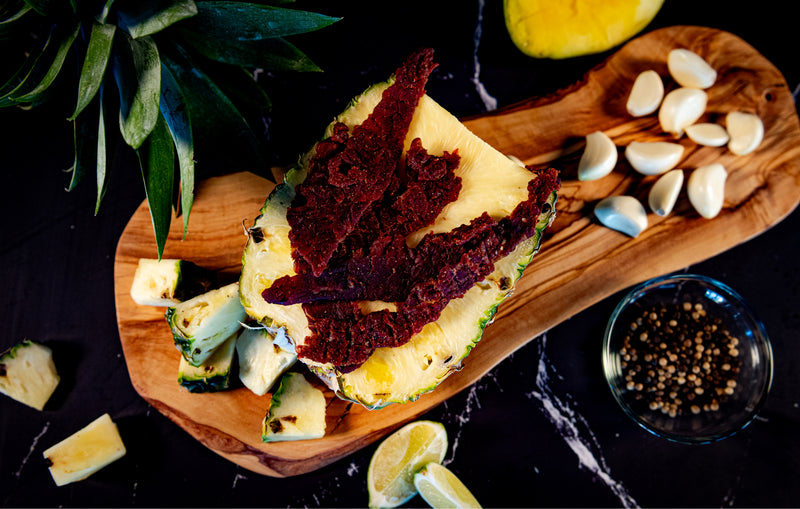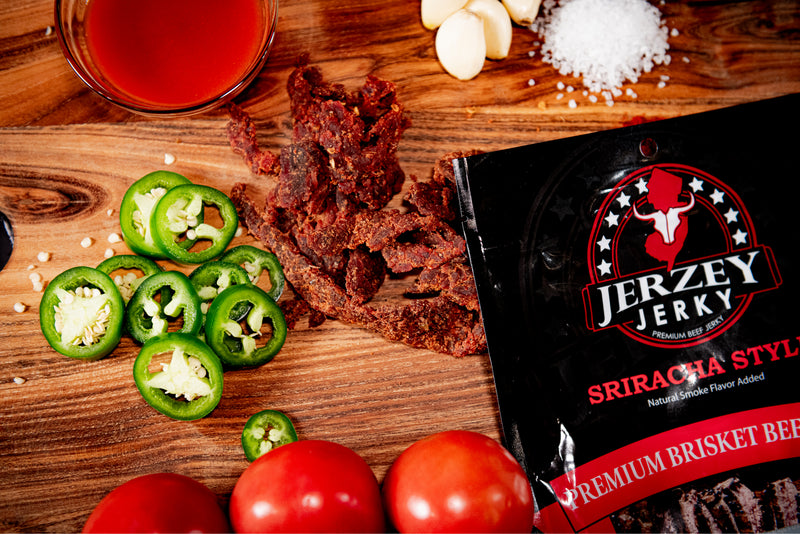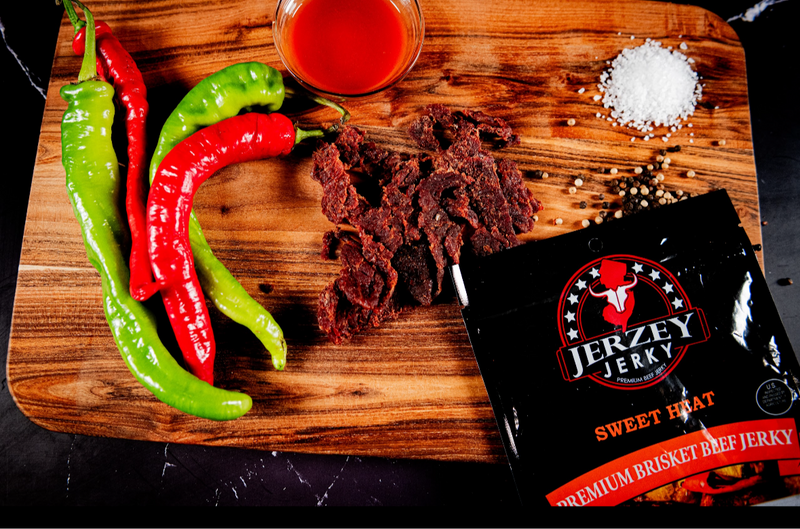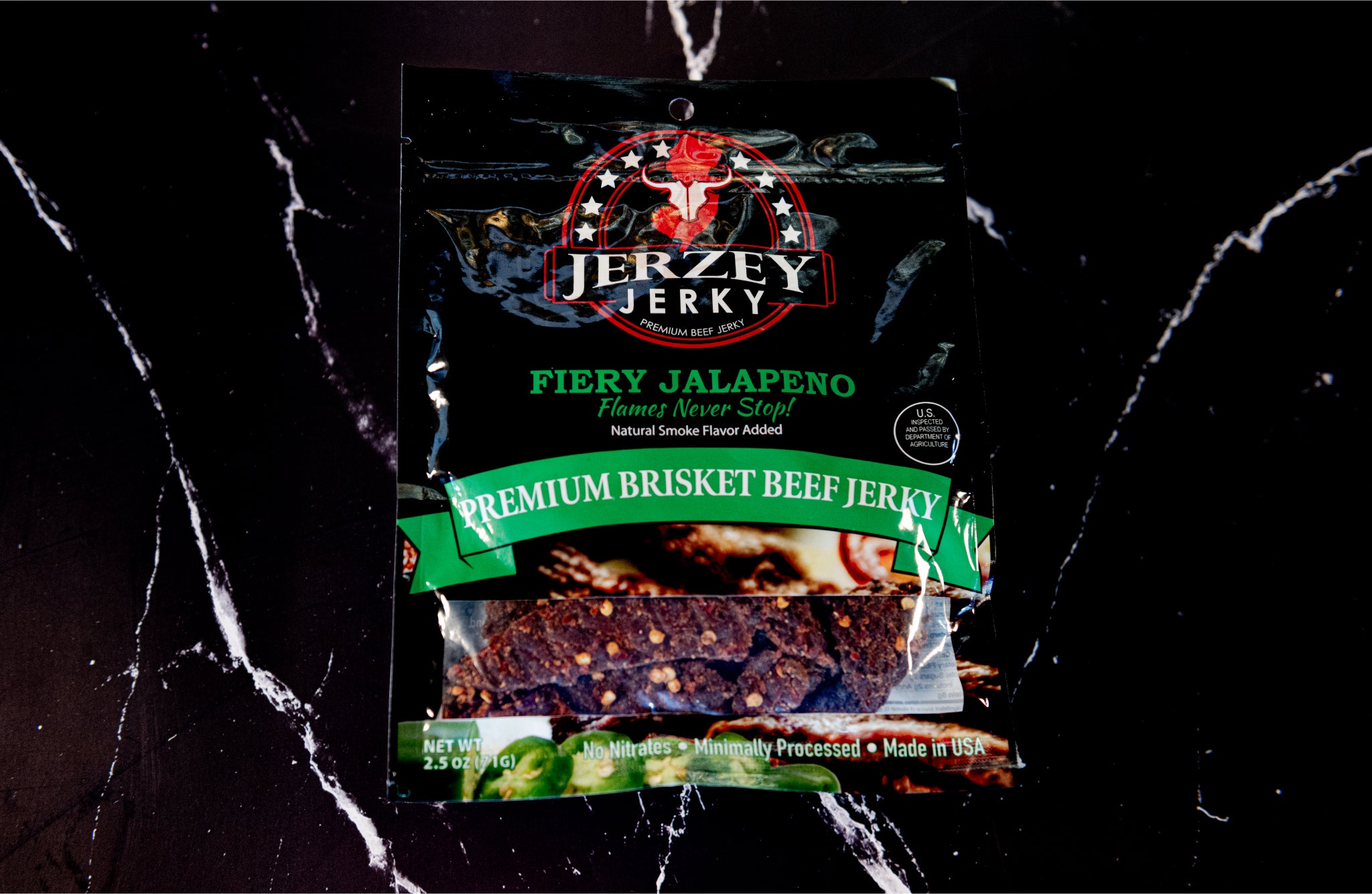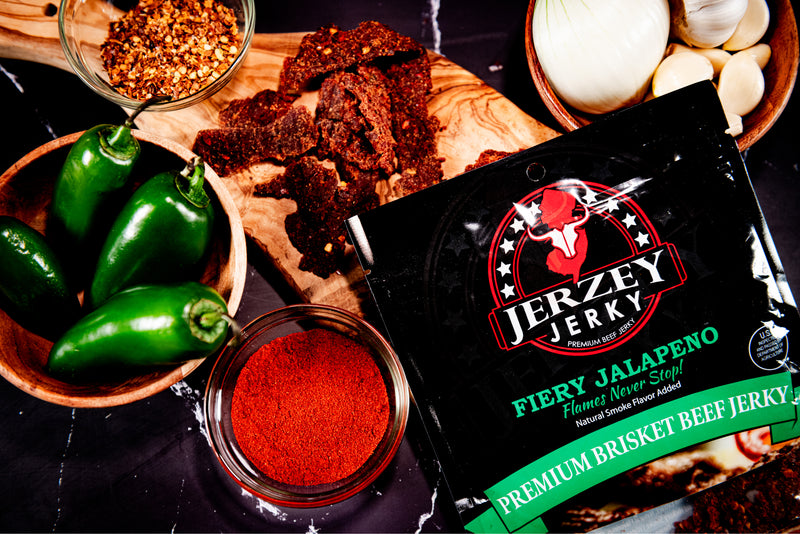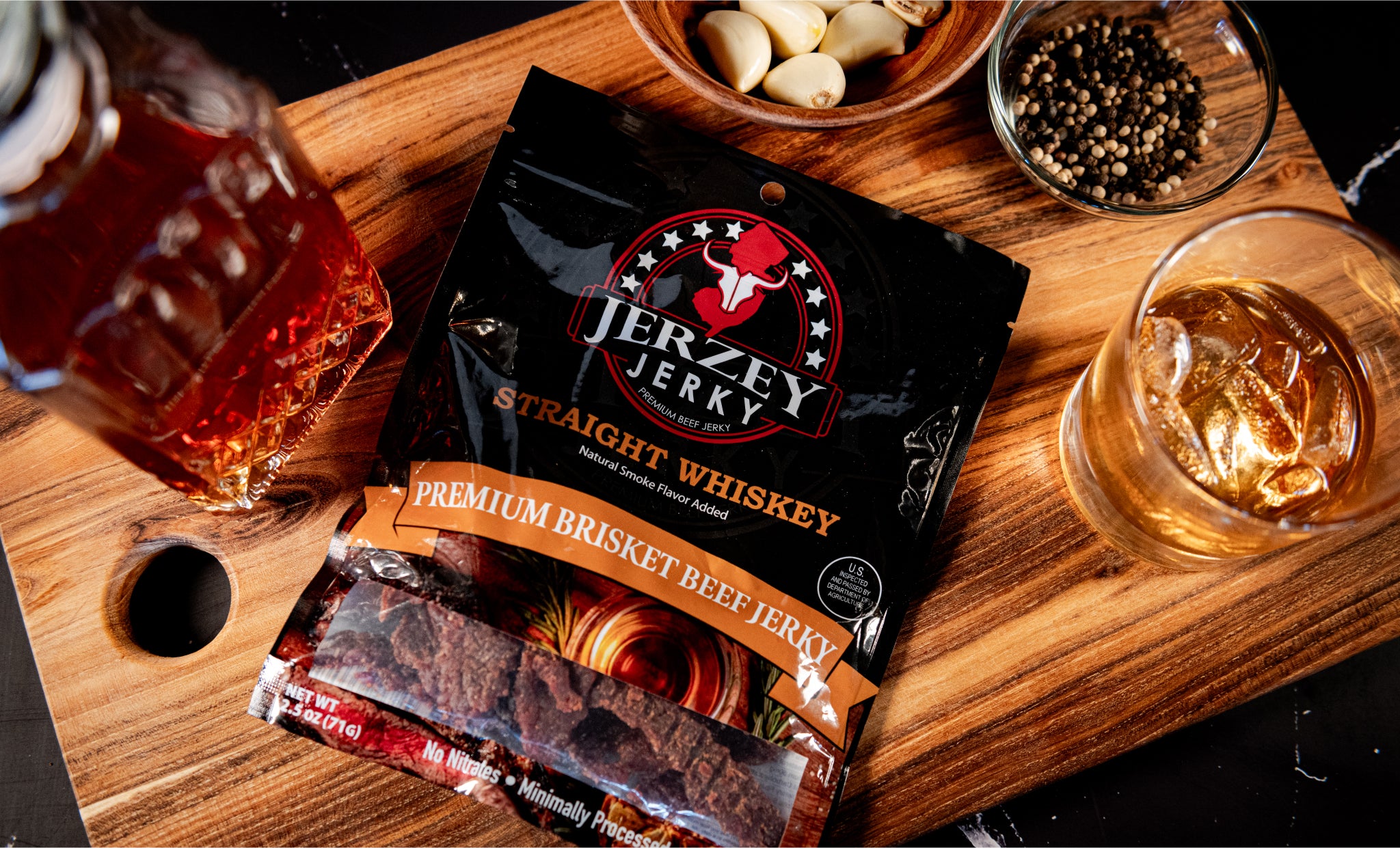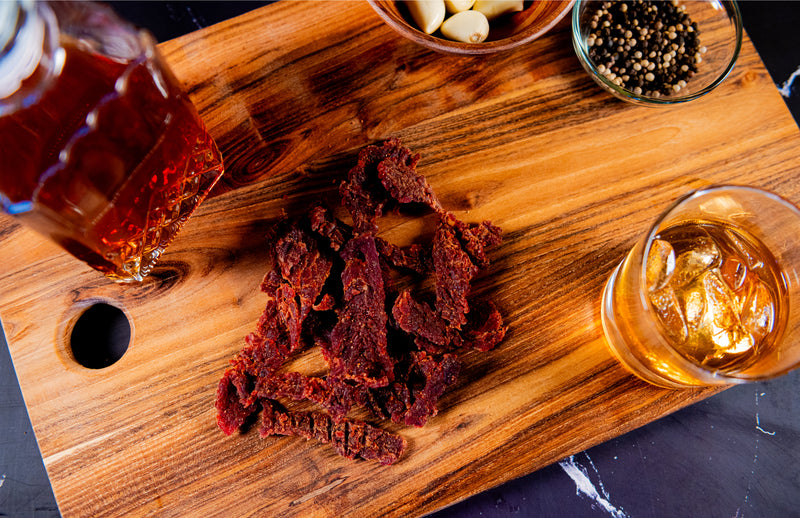
Loin Beef: Nutritional Value, Key Cuts, and How to Identify
The loin is a prime beef cut found in the back of the cow, between the round and the rib beef. It is divided into two cuts of meat: the front is short loin and the back is sirloin. This section constitutes around 20 percent of the whole carcass weight.
The major muscles of the loin, such as the longissimus dorsi and psoas major, are underutilised. The University of Nebraska Meat Science Department reported in May 2006 that these muscles had the lowest shear force values of 40 tested and is scientific assurance that these muscles were naturally tender, because of the low content of connective tissue and fine fibers.
Short loin gives out cuts such as strip steak, T-bone, porterhouse, and tenderloin. The sirloin provides top sirloin and tri tip, all of which are known to be tender and tasty.
What is the Nutritional Value of Loin Beef (Per 100g)?
Here are the seven nutritional values of loin beef:
- Calories: Loin beef has about 250-290 kilocalories per 100 grams. The amount of calories varies depending on how much fat and cut; tenderloin is less fatty and striploin is fattier such that this range stands.
- Protein: Loin beef contains 26 to 28 grams of good-quality protein per 100 grams of meat. It helps repair, build, and sustain muscles, which makes loin beef an ideal source of protein for anyone requiring powerful muscle healing.
- Fat Content: Loins beef contains a total of 18 to 22 grams of fat per 100 grams. The approximate amount of saturated fat is 8 to 9 grams. Tenderloin is leaner as compared to striploin which bears more fat within this range.
- Cholesterol: Loin beef has between 75 and 80 milligrams of cholesterol per 100 grams. It is typical in red meat and falls within the average range of dietary cholesterol levels of most adults.
- Iron: Loin beef contains 2.6 to 3 milligrams of iron in every 100 grams of beef. Iron is vital to transport oxygen through the blood and to keep normal amounts of energy during the daytime.
- Zinc: This trim provides 4-5 milligrams of zinc per 100 grams. Zinc aids in maintaining the immune system and is also critical in cell repair and growth.
- B Vitamins: Loin beef contains a significant amount of B vitamins such as B12, B6, niacin, and riboflavin. The vitamins help in energy production, brain health as well as maintaining good normal metabolic processes in the body.
Shop the best-selling Teriyaki Beef Jerky - Brisket & Korean BBQ Beef Jerky - Brisket !
What Are the Visual Traits of Loin Cuts?
Here are the three visual traits of loin cuts:
- Color & Texture: Loin cuts are bright reddish in color and have a fine even grain. It has a soft and gentle texture, which indicates quality and freshness. This color indicates that the meat has good oxygenation and muscle condition.
- Marbling: Loin beef tends to be moderately marbled or highly marbled. This varies according to the grade of meat. Marbling presents the appearance of thin ribbons of white fat within the muscle and improves flavor, juiciness, and tenderness.
- Shape: Loin cuts can be boneless or on-bone and usually of the same size and appearance. This regularity aids in the uniform cooking and presentation. Bone-in cuts are T-bone and porterhouse, and the boneless cuts are strip and tenderloin.
What Are the Key Cuts from the Loin of Beef?
Here are the five key cuts from the lion beef:
- Tenderloin: The tenderloin is the softest cut, which has a fine texture and mild flavor. It is a source of filet mignon steaks which are highly treasured due to their softness and the lean delicate meat.
- Strip Steak: Strip steak, also known as New York Strip is taken out of the short loin. It is firm-textured with moderate marbling, having rich beef flavor and tender bite which many steak admirers like.
- T-Bone: The T-Bone steak has the cuts of tenderloin on one side and the strip steak on the other. The T-shaped bone runs through the middle making it have a peculiar taste and a combination of textures.
- Porterhouse: Porterhouse is an enlarged T-bone that has a heavier portion of tenderloin. It offers tenderloin cookery which is excellent when shared or when one prefers a bigger, tender steak with a strong flavor.
- Top Sirloin: Top sirloin is taken out of the back part of the loin. It provides tenderness and flavor in balance, with a firmer texture than that of tenderloin and a leanness when compared to other cuts of sirloin.
How is Loin Beef Best Cooked?
Here are the three ways to cook loin beef:
- Ideal Methods: Pan-searing, grilling, broiling, and roasting are even methods of cooking loin beef and sealing in the flavors. The excessive heat produces a crisp golden-brown crust while the inside remains tender. These procedures apply to both the fat and lean beef cuts.
- Tips: Beef loin becomes dry and chewy when it is overcooked. It is soft due to cooking on high heat for a short period. Mutton sauteed on both sides caramelizes and makes an appetizing crust and preserves the internal moistness.
- Resting: Allow the beef to rest after cooking between 5 and 10 minutes. This rest time gives the juices a chance to settle in the meat. Early slicing leads to leakage of juices and makes the beef less juicy.
How to Identify Authentic Loin Cuts?
Here are the five ways to identify authentic loin cuts:
- Label Verification: Look for the labels, such as USDA Prime and Choice or approved marks by the local beef authority. These labels verify the quality rating and authentic sourcing. Real labels are printed well and put on sealed packaging.
- Butcher Confirmation: Question the butcher about the origin of the meat (sirloin or short loin). These parts make soft cuts. An experienced butcher finds precise answers and informs the customer where the meat is.
- Visual Check: Loin cuts have thin muscle fibers and are light-marbled. The meat seems to be smooth, containing minimal fat or tissue. These are indications that tell freshness and authentic loin texture.
- Cut Type Clarity: Some of the familiar loin cuts are T-bone, tenderloin, strip steak, and top sirloin. These terms are standardized and displayed in the open on labels or at meat shops. Both of these types have a certain size and shape.
- Thickness & Uniformity: Fresh loin doggies are thick, heavy and evenly-clipped. The form remains constant throughout. Professional cutting is done without uneven edges and careful planning. This facilitates cooking and serving.
Why is Loin Beef Popular?
Lean beef remains in demand because of its natural tenderness. It has come off less working muscles and that results in a soft, chewable meat. This aspect makes it best suited for fine steaks and roasts that are served in restaurants or prepared at special occasions. Loin cuts are juicy with an equal measure of flavor without being too fatty. Meat is clean-tasting and smooth-textured. It cooks fast and looks good on a plate, so many people prefer to use it. It is one of the most selected parts of the cow because of its shape, quality, and softness.
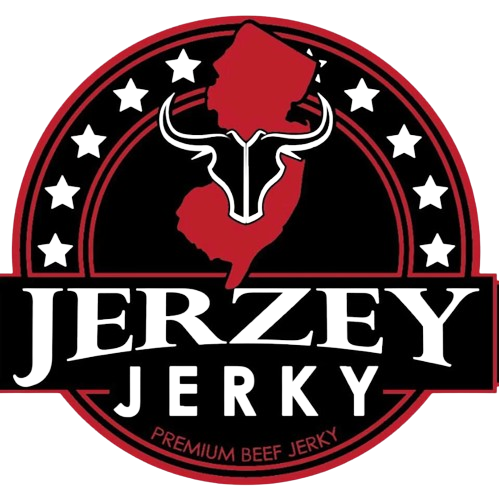
 2025-08-25
2025-08-25
 Wayne Holland
Wayne Holland

